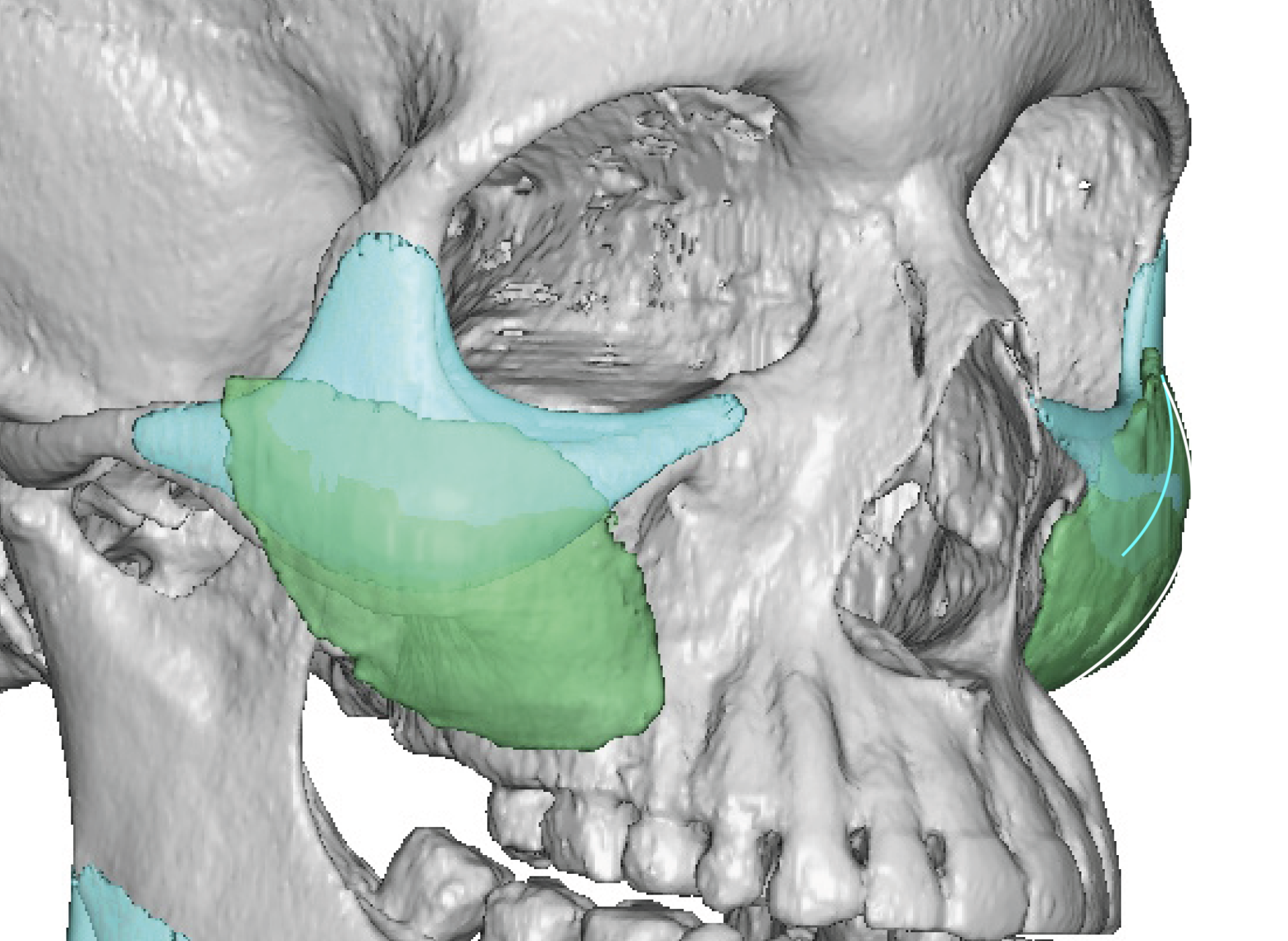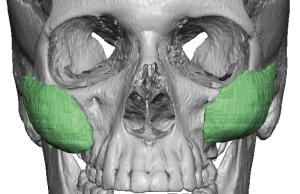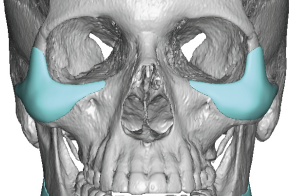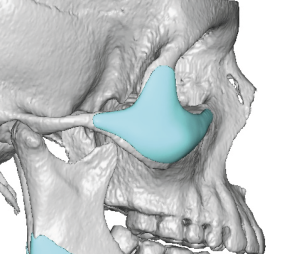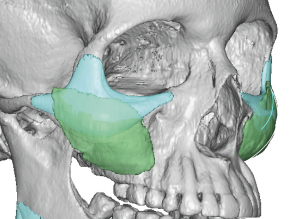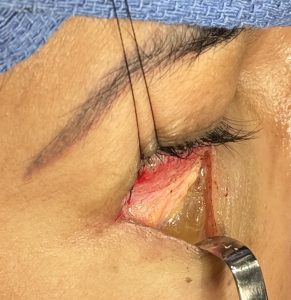Background: Cheek implant augmentation is uniquely different from that of chin implants. Besides being a different anatomic location the cheek is bilateral and not singular which are its two most obvious differences. But when planning for cheek augmentation one has to look way behind these basic differences and treat them with their own unique dimensional needs. One of the primary effects of chin augmentation for many patients is the horizontal projection increase which is easy to see in side profile. In this way chin augmentation is often a simpler 2D change. But the cheeks do not have a single primary vector or direction of dimensional change nor can these changes be seen in side profile.
Cheek augmentation is much more of a 3D change that occurs on the side of a facial bone where the shape of the change is just as important as its added thickness/projection. It is also part of eye-nose-cheek triad so its changes have to be considered in how it influences those facial structures as well. This is were the Ogee curve becomes useful. Using the oblique facial view the shape and projection of the cheek is seen as it compares to the lateral orbital rim and the malar-submalar soft tissues. From this perspective it can best be determined what the patient’s desired cheek shape and amount of projection goals are by preoperative computer imaging.
Cheek augmentation in the rounder/fuller face poses different dimensional challenges than in the thin face. Most standard cheek implants in females work best in the thin or aging face where fullness in traditional malar-submalar area is needed/desired. But in the fuller face, unless the patient is seeking an extreme cheek augmentation effect, a different type of dimensional cheek change is needed. This is where staying above the soft tissues of the cheek for the augmentation is needed.

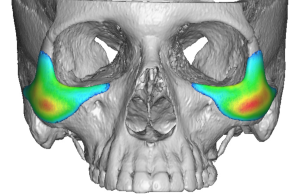
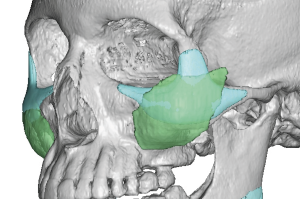
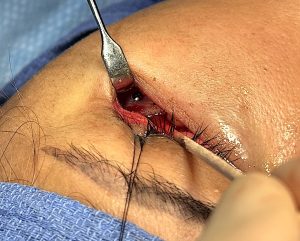
The new custom cheek implants were inserted, positioned and secured with a single micro screw.
A fuller face generally means that the midface tissues are thicker and have more fat than that of a thinner face. When standard cheek implants are put into the full face it merely becomes bigger/more full. It does not develop increased definition. Having an implant design that is completely bone-based (the definition of a high cheekbone look) can help the face appear a less full. Her use of injectable fillers in the infraorbital-high cheek area proofed that she found that area of cheek augmentation appealing. The key in the high cheekbone implant design in the full game patient is to keep most of the implant on the upper half of the bone. This avoids adding any fullness on the underside of the bone. This is best assessed by the Ogee curve view.
Key Points:
1) In a full or rounder face standard cheek implants will often create an even rounder face which is usually not desired.
2) In a full face the high cheekbone look by a custom cheek implant design is the only approach to helping the face become less round by augmentation.
3) The Ogee curve is a good visual test of a cheek implant design to ensure that its convexity is over the bone and not below it.
Dr. Barry Eppley
World-Renowned Plastic Surgeon

